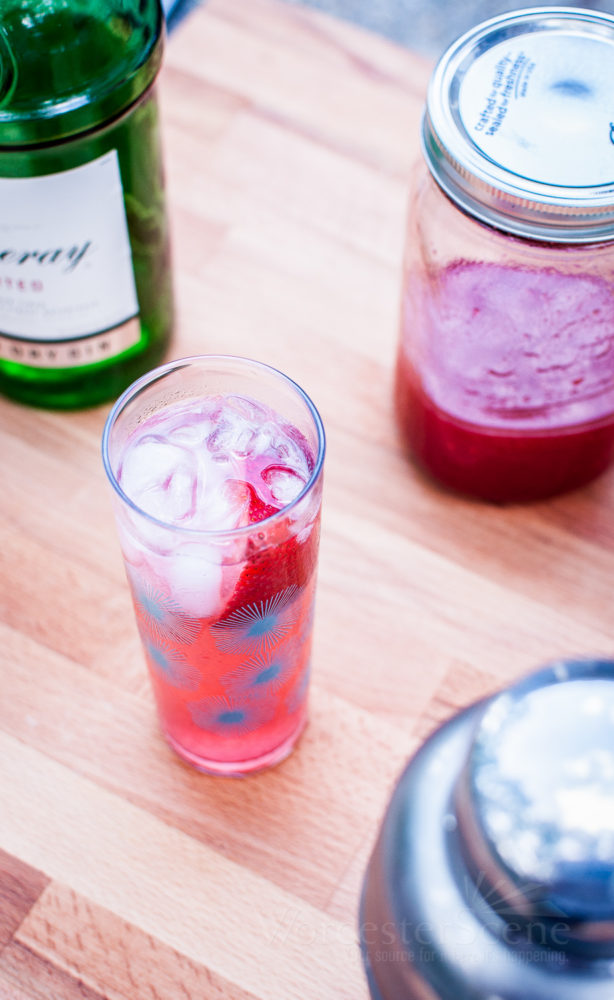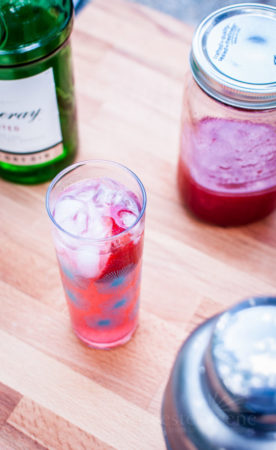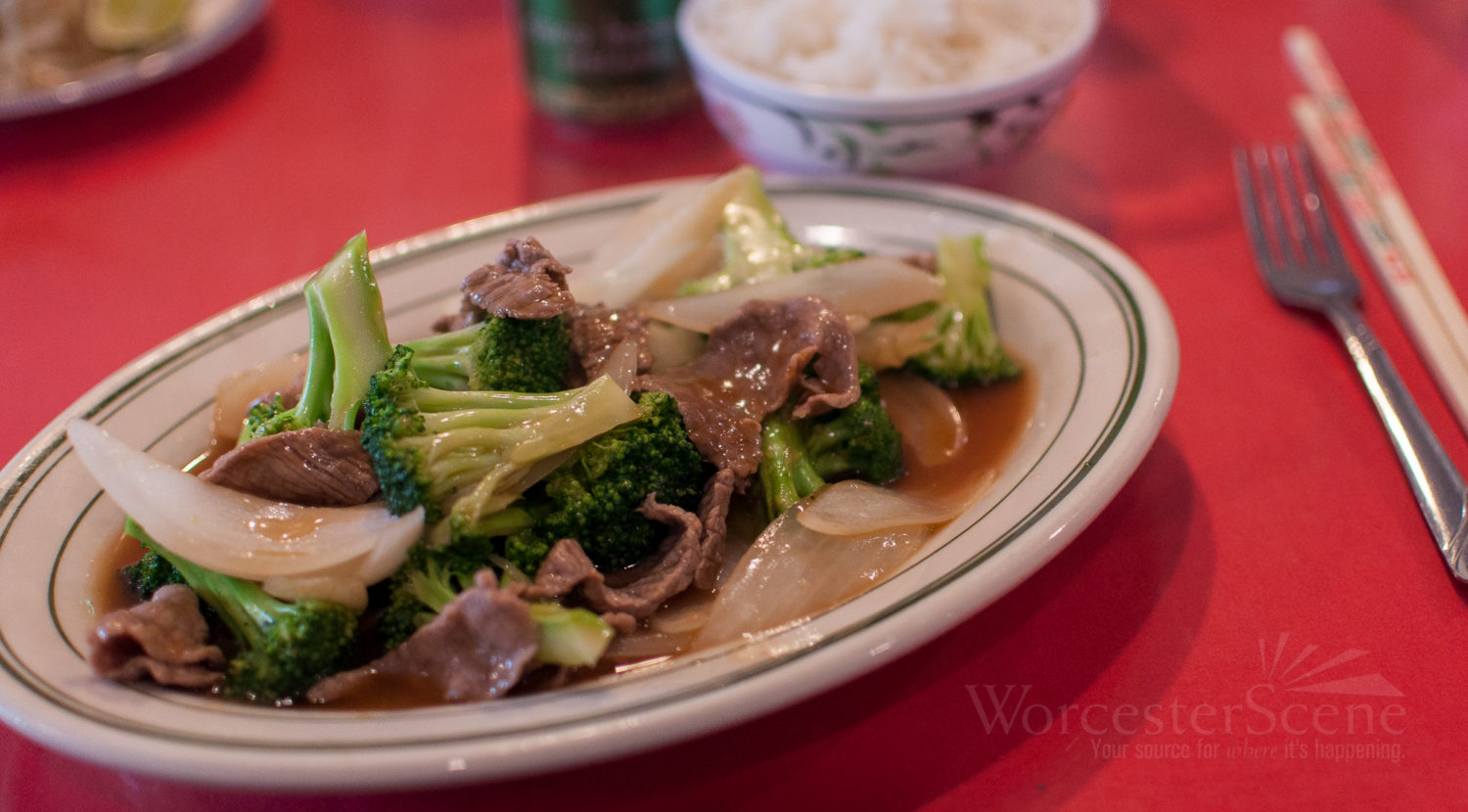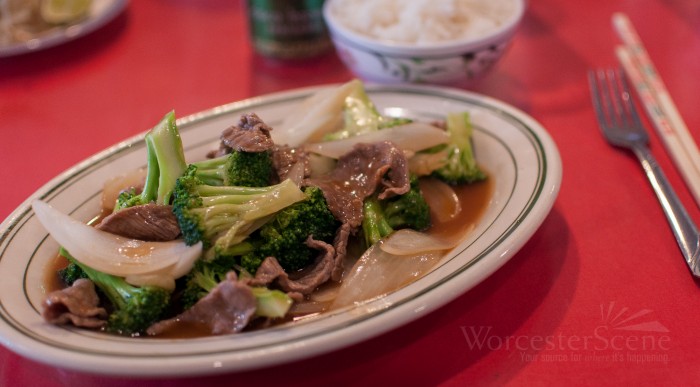
The resurgence of the classic American cocktail has exploded over the last ten years or so. Along with this has come a new appreciation for recipes using fresh ingredients and quality spirits. While there are many advantages to this growing cocktail culture, one of my favorites is the arrival of the home bar. In all honesty, people have been keeping their own home bars as long as liquor has been produced. But the great thing now is, with the growing interest in the classic cocktail these days, you can obtain excellent quality spirits at a very reasonable price. No longer are you stuck with the 1.75 L mega-bottle of cheaply made Mr. Boston’s gin (no offense to the fine folks at Mr. Boston!). Whether you merely have an extra cabinet where you store your spirits, or you have a full-fledged minibar with stools, glassware, and a dedicated ice bin, you can recreate your favorite cocktails at home and experiment with more obscure recipes that you have recently discovered.
 This leads me into our topic for this month, and that is: homemade ingredients. Specifically, I want to discuss shrubs. Even though it is springtime, and many people are preparing their yards, I am not referring to the stubby trees you are likely planting outside your home. I am referring to a mixture of fruit, sugar, and vinegar that is sure to add incredible depth to your cocktail and take it to the next level.
This leads me into our topic for this month, and that is: homemade ingredients. Specifically, I want to discuss shrubs. Even though it is springtime, and many people are preparing their yards, I am not referring to the stubby trees you are likely planting outside your home. I am referring to a mixture of fruit, sugar, and vinegar that is sure to add incredible depth to your cocktail and take it to the next level.
In its simplest form, a shrub was a means of preserving fruit and fruit juices in the colonial days. The ingredients needed to make a shrub are easily obtainable: sugar, vinegar, fruit, and perhaps alcohol. The vinegar, in this case, acts similar to acid in a lemon or a lime, and the sugar lends sweetness to the drink. A proper shrub should be both sweet and sour.
The great thing about shrubs are that the opportunities are endless. Depending on the time of year, or what is in season, you can use any fruit from raspberries and cherries to pineapple and mango. And if you really want to kick it up a notch, go ahead and add your favorite herbs or spice to the mixture. Another advantage of making a homemade shrub, is that it will keep in the fridge for quite a while. You can make a small batch or a larger batch and not have to worry about it spoiling in a couple of days. It should keep its freshness and flavor for a few weeks.
There are several methods to making shrubs, and you will find one that you prefer and works well for you. Some people prefer a heated method, where you are essentially boiling down fruit, sugar, and water on the stove and adding vinegar in to the mixture. I myself prefer a cold press method, which is very easy to do, however, takes the longest amount of time. In this method, you are simply combining macerated, or crushed fruit with sugar. Once the mixture is cooled, you can add the vinegar to the mix and let it steep for anywhere from a day to a week, in the refrigerator. By this time, the shrub is ready and is transferred to a glass container after straining out the fruit solids. The theory here is that the cold press method tends to hold the fruit flavor better in the mixture, and I have to agree.
The other variable to think about with this concoction is the type of vinegar you want to use. You can use any vinegar you prefer, just keep in mind the stronger the vinegar style, the more it will mask the other ingredients in the cocktail. If you really want to showcase the flavors in the base spirit you are using, i.e., in a gin and tonic, a mild vinegar such as rice vinegar works well. In other cases, you may prefer an apple cider vinegar or even red wine vinegar. Some ambitious home cock-tailers might even go for a pungent balsamic vinegar, but I would caution against that at first. Once you get the hang of the flavor profiles, then go ahead and experiment away… and remember, when it comes to “shrubbing,” a little goes a long way!
Housemade Raspberry Shrub
- 1 Container fresh Raspberries
- Sugar
- 1 Cup Vinegar
- Glass Vessel or Bottle with a cap
- Place raspberries in stainless steel mixing bowl and roughly crush with hands. Add enough sugar over crushed berries to cover. Store in refrigerator for 24-48 hours. Add vinegar and mix to dissolve the sugar. Strain out fruit solids and store in glass container with lid.
Gin and Tonic w/Raspberry Shrub
- 1.5 oz of your favorite gin (Death’s Door gin works well here)
- 0.5 oz raspberry shrub
- Tonic
- Combine gin and raspberry shrub in tall Collins glass. Fill with tonic water. Sit back in the hot summer sun and enjoy!



